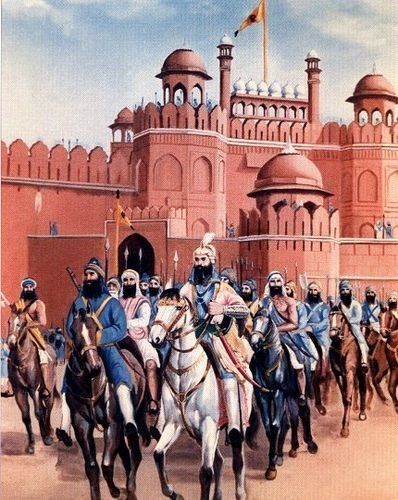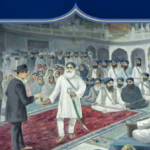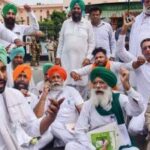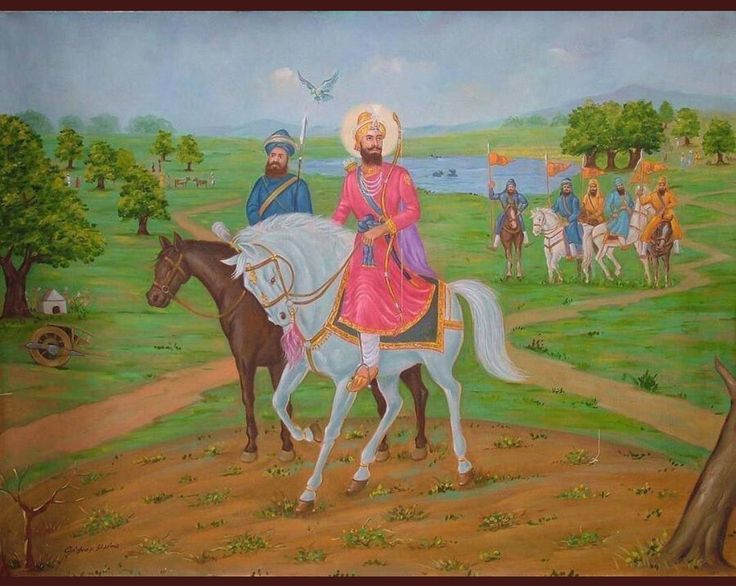The Jaito Morcha (1923–1925) was a pivotal movement in Sikh history, showcasing the community’s unwavering commitment to religious freedom and resistance against British oppression. This historic protest took place in Jaito, a town in the princely state of Nabha (now in Punjab), and became a defining moment in the Gurdwara Reform Movement.

Background: The Nabha Crisis
- The British forcibly dethroned Maharaja Ripudaman Singh of Nabha in 1923, suspecting his nationalist leanings and support for Sikh causes.
- After his removal, the British imposed harsh restrictions on Sikh religious practices, including interfering in Gurdwara management.
- Sikhs saw this as an attack on their faith and sovereignty.
The Spark: Akhand Path at Gurdwara Gangsar
- In protest, Sikhs began a continuous Akhand Path (unbroken scripture reading) at Gurdwara Gangsar, Jaito, asserting their right to worship freely.
- The British-backed administration disrupted the ceremony, leading to arrests and violence.
- On September 14, 1923, police arrested Sikh leaders and forcibly stopped the Akhand Path, igniting widespread anger.
The Shaheedi Jathas (Martyrdom Squads)
- The Shiromani Gurdwara Parbandhak Committee (SGPC) and Akali Dal organized peaceful protest marches (jathas) to restart the Akhand Path.
- The British responded with brutal force:
- February 21, 1924 – A group of 500 Sikhs (led by Baba Kharak Singh) marched towards Gurdwara Gangsar.
- Near Guru Sar (Patiala), British troops opened fire, killing 21 Sikhs and injuring hundreds.
- Over 100 Sikhs were later martyred in repeated crackdowns.
- Despite the violence, Sikhs continued sending shaheedi jathas, refusing to back down.

Victory & Legacy
- The British, facing relentless resistance, finally relented in 1925:
- July 11, 1925 – The Sikh Gurdwaras Act was passed, granting control of gurdwaras back to the Sikh community.
- July 27, 1925 – All arrested Sikhs were released.
- The Jaito Morcha became a symbol of Sikh courage, unity, and sacrifice, inspiring future freedom struggles.
Key Lessons from Jaito Morcha
- Nonviolent Resistance – Sikhs used peaceful protests despite extreme repression.
- Faith & Sacrifice – The martyrs showed unmatched bravery for religious rights.
- Unity & Leadership – The SGPC and Akali Dal played a crucial role in organizing the movement.
“ਜਿੱਤ ਘਾਲੀ, ਜਿੱਤ ਘਾਲੀ, ਜਿੱਤ ਘਾਲੀ ਨਿਹੰਗਾ ॥
(Victory was achieved, O Khalsa, by the fearless ones!)
The Jaito Morcha remains a proud chapter in Sikh history, reminding us that truth and faith can overcome tyranny.
Would you like details on other Sikh Morchas (protests) like Guru Ka Bagh or Nankana Sahib? 🙏








